Grocery shopping isn’t what it used to be—and that’s some “disruption” we can stand by. There are more than 50 online grocery retailers and 100 meal delivery services ready to pluck an avocado or tangerine just for you and deliver straight to your sofa. No more arctic freezer aisles, epic lines, or parking lot anxiety. Market researchers predict that the number of online grocery retailers will increase tenfold over the next five years.
With this shift toward convenience, of course, comes some unexpected spending traps. You would think buying online would be smarter and more strategic: You click on the things you want and ignore the things you don’t. You can’t fall prey to those classic grocery store gimmicks like freshly baked bread or oversized carts to mess with your mind. Who hasn’t made the mistake of walking into a grocery store hungry and walking out with a cart full of things, confused about why you bought them in the first place?
Buying food online poses different kinds of risks. The impulse to go to Amazon or Peapod usually strikes when you’re hungry. And, not surprisingly, when shopping while Netflix is paused in the background, you’re more inclined to buy crappy snacks like crackers, popcorn, chips, or pretzels with abandon—who’s watching you? A recent study from Nielsen found that people are five percent more likely to impulse buy online versus in a brick and mortar store. What’s more, we’re willing to limit quality and choice: We’re relying on someone else to pick which bunch of bananas is the ripest. With most online interfaces, you’re potentially less likely to comparison shop and study prices and labels as you might in real life.
With convenience comes cost—but just how much might surprise you. On average, groceries online cost 25 percent more than those in a store. Peapod groceries, for example, are about six percent higher than average and groceries on Instacart are on average between 15 and 23 percent higher than store prices. Of course, these premiums do not include tax or the extra cost of shipping, which can add an additional $5.00 to $15.00 to your bill.
Meal delivery services are obviously more of a luxury—but the cost per meal markup is accordingly steep. For Blue Apron’s chicken fettuccine, the per-portion cost is $4.88 from a grocery store versus $9.99 from the service. Plated’s Vietnamese-style “shaking beef” costs $12.00 for a recipe that could be replicated for $5.10 per portion. Blue Apron, Green Chef, HelloFresh, Plated, and Purple Carrot each come with nearly double the markup.
There are still plenty of people who leave the house for groceries; only about 8 percent of U.S. shoppers buy online, but most of those consumers are under 40 and the trend is expected to grow. Whether or not our paradigms continue to shift toward convenience, there is one old school holdover worth keeping: writing a list and sticking to it. There’s even a website devoted to archiving the humble grocery list as a work of art.

















 Take home pay is becoming less and less as expenses rise year after year.Photo credit: Canva
Take home pay is becoming less and less as expenses rise year after year.Photo credit: Canva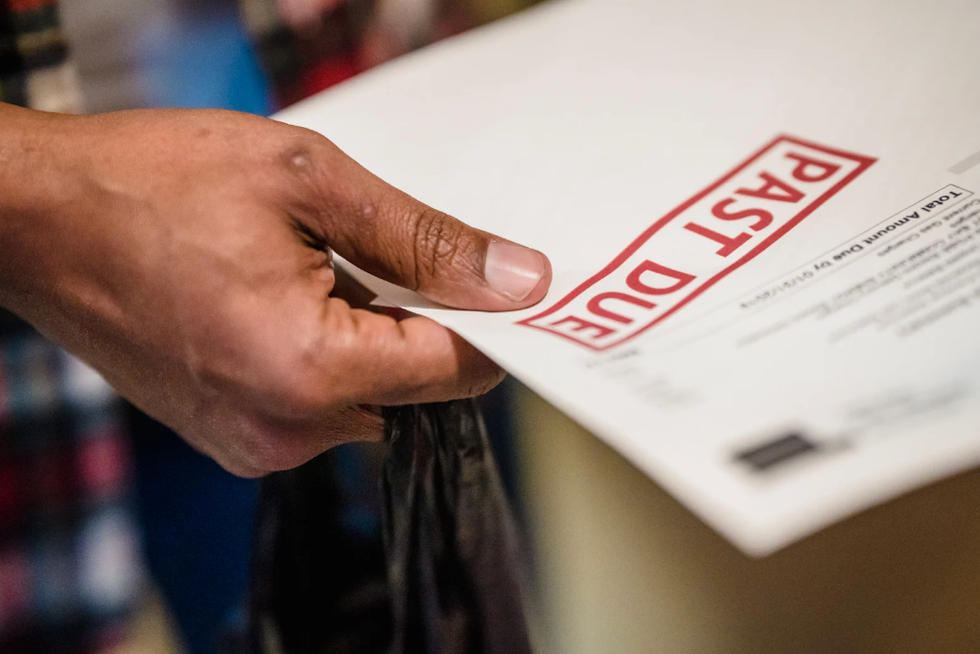 Making bill payments gets harder each year.Photo credit: Canva
Making bill payments gets harder each year.Photo credit: Canva




 Representative Image Source: Pexels | Olly
Representative Image Source: Pexels | Olly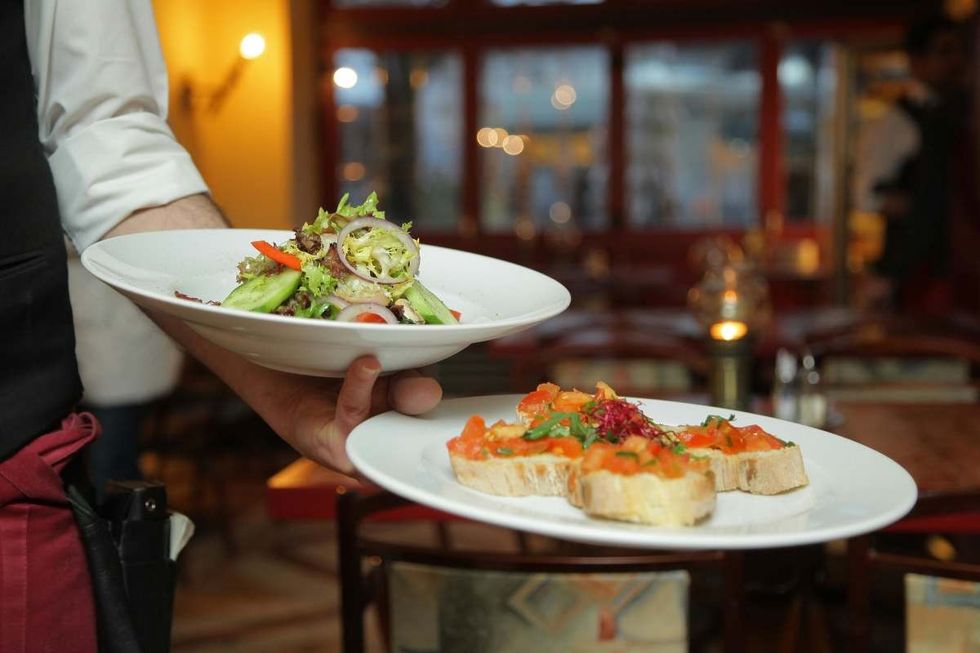 Representative Image Source: Pexels | Pixabay
Representative Image Source: Pexels | Pixabay Representative Image Source: Pexels | Cottonbro
Representative Image Source: Pexels | Cottonbro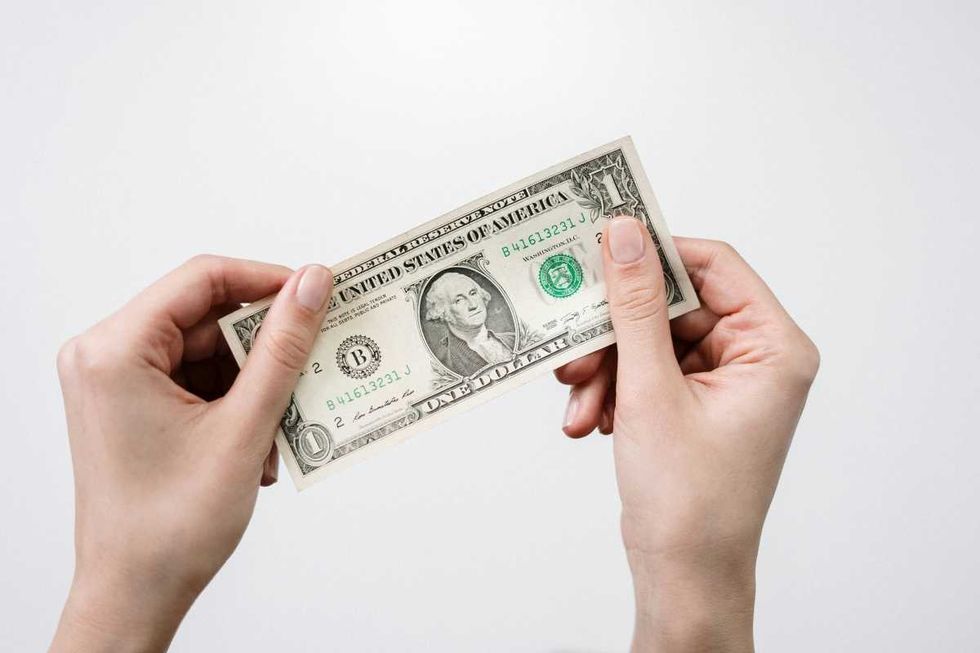 Representative Image Source: Pexels | Cottonbro
Representative Image Source: Pexels | Cottonbro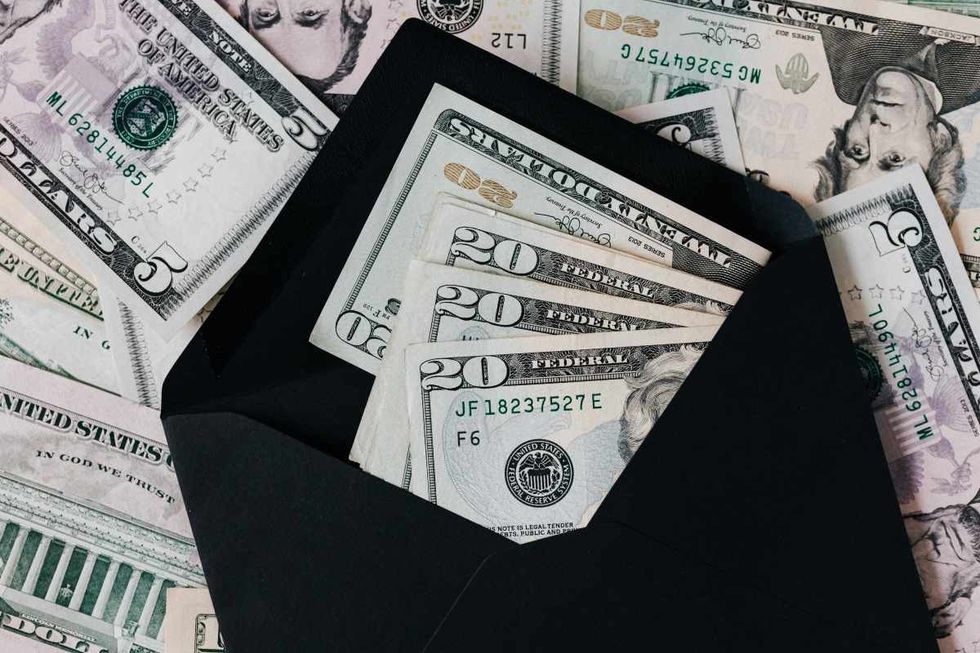 Representative Image Source: Pexels | Karolina Grabowska
Representative Image Source: Pexels | Karolina Grabowska Representative Image Source: Pexels | Jonathan Borba
Representative Image Source: Pexels | Jonathan Borba Image Source: Reddit |
Image Source: Reddit |  Image Source: Reddit |
Image Source: Reddit |  Image Source: Reddit |
Image Source: Reddit | 
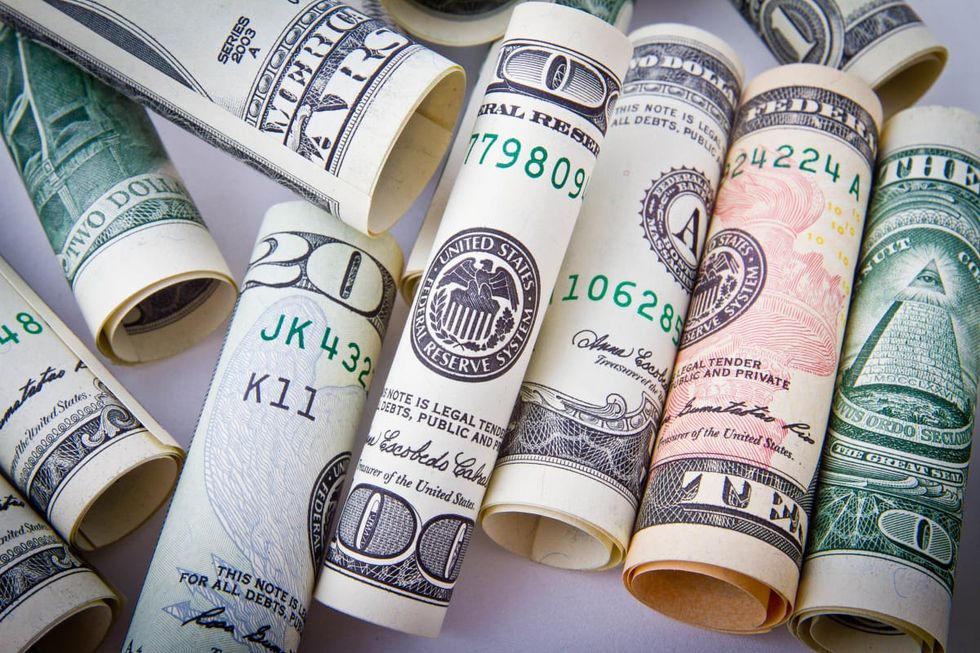 Representative Image Source: Pexels | Pixabay
Representative Image Source: Pexels | Pixabay Representative Image Source: Pexels | Pixabay
Representative Image Source: Pexels | Pixabay Representative Image Source: Pexels | markus winkler
Representative Image Source: Pexels | markus winkler